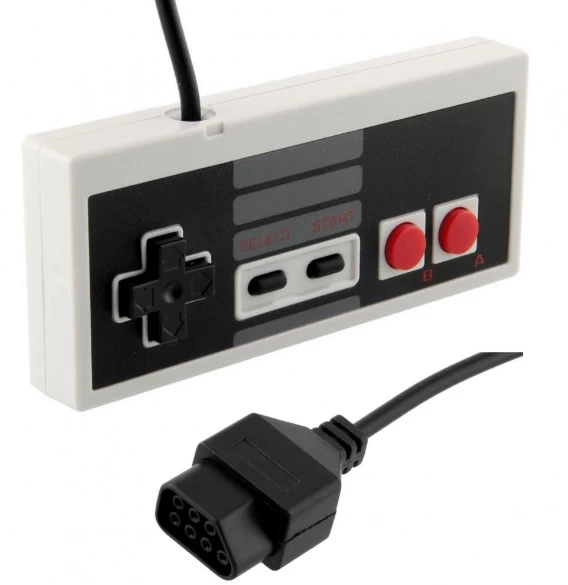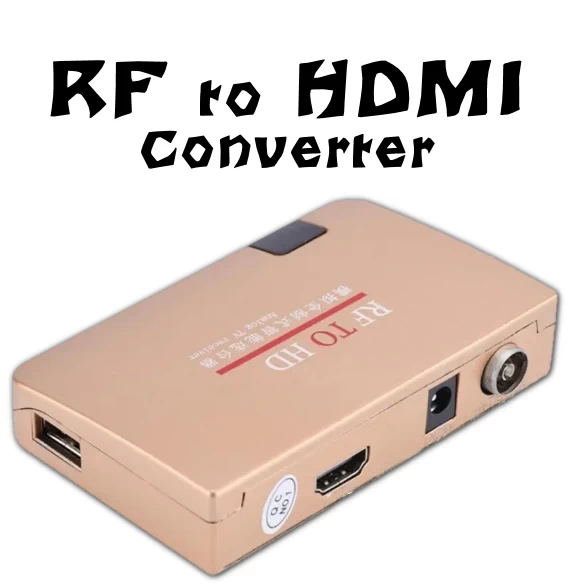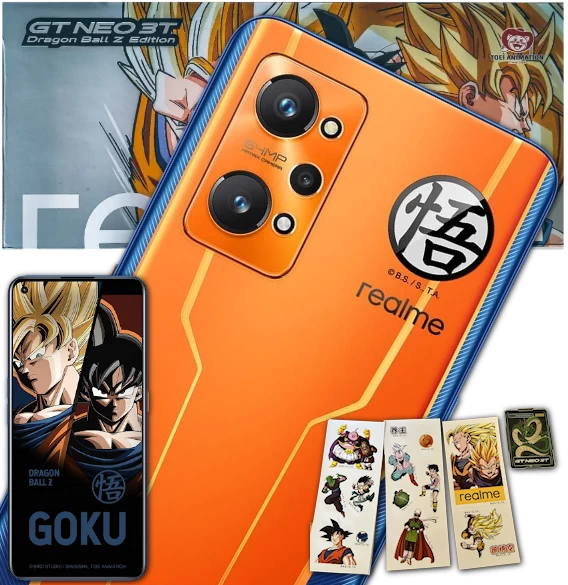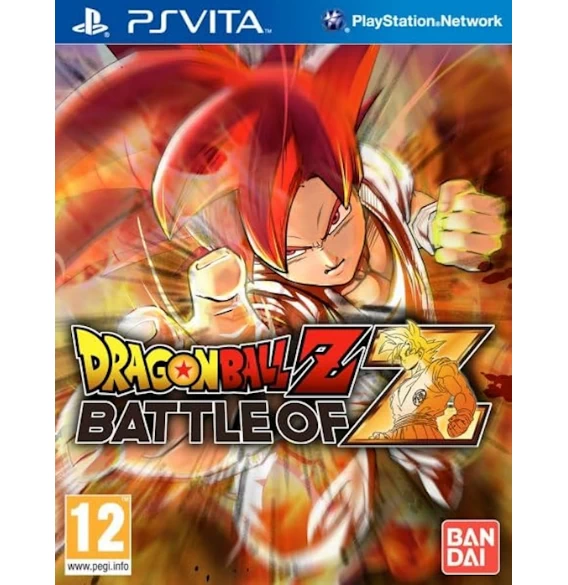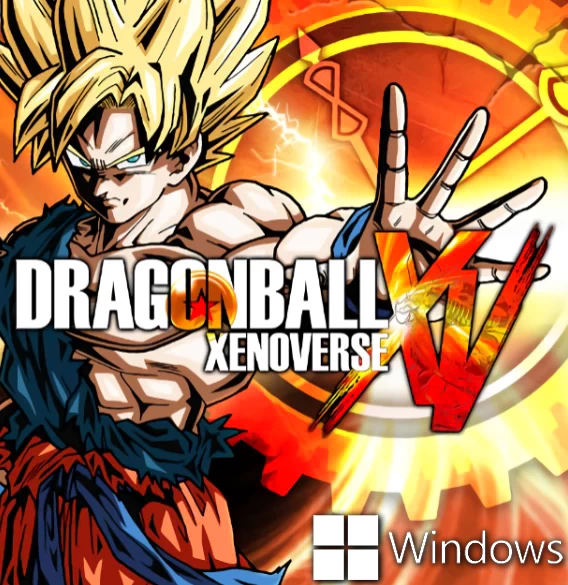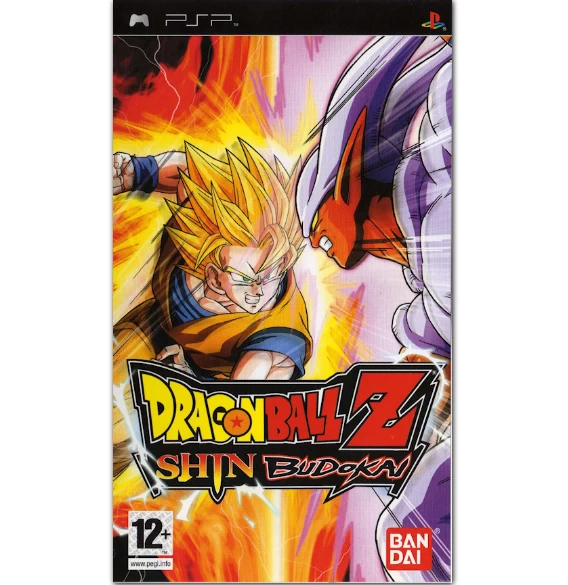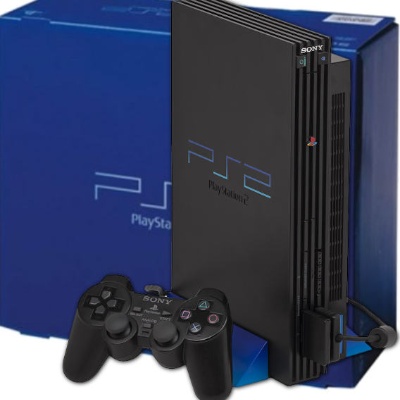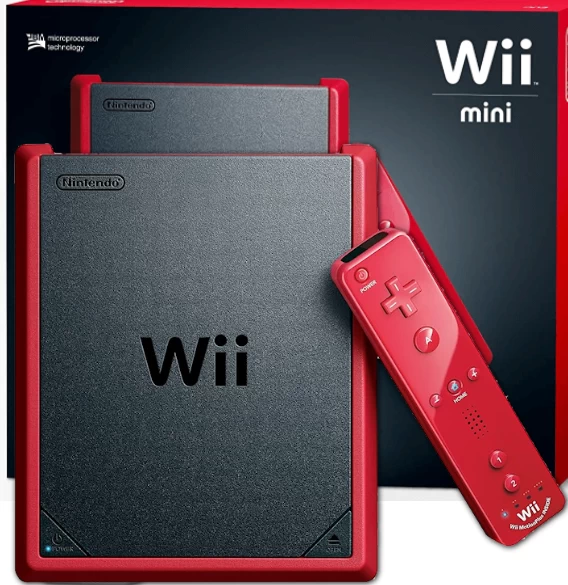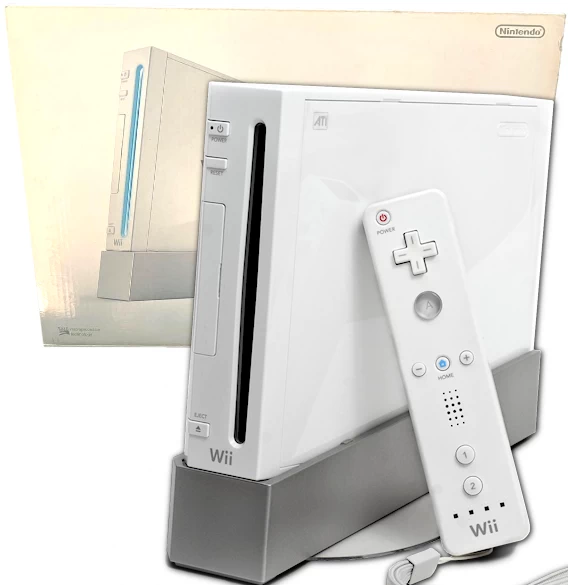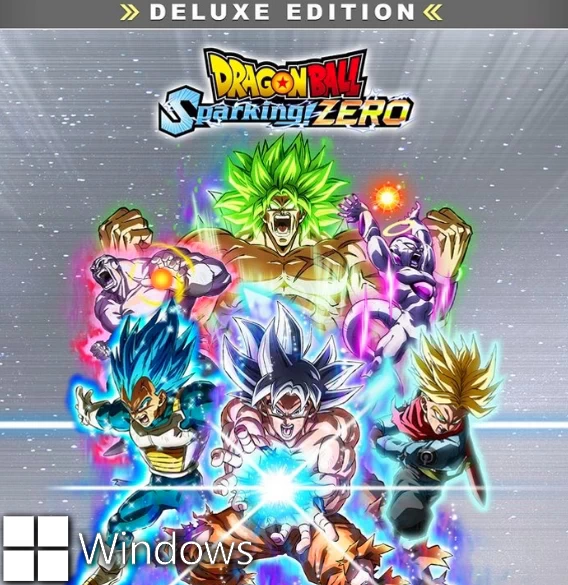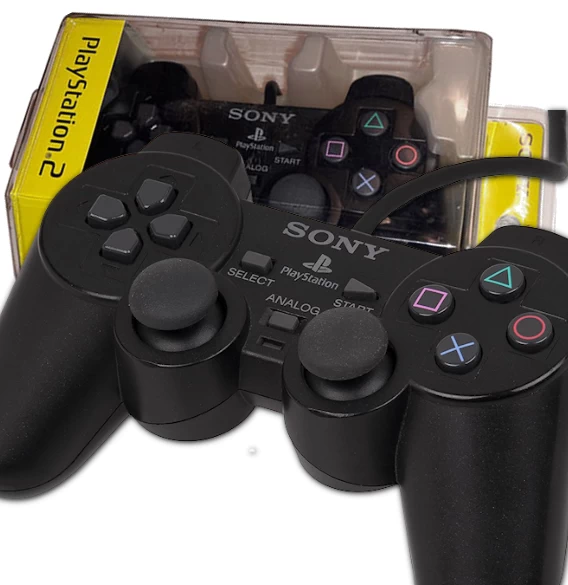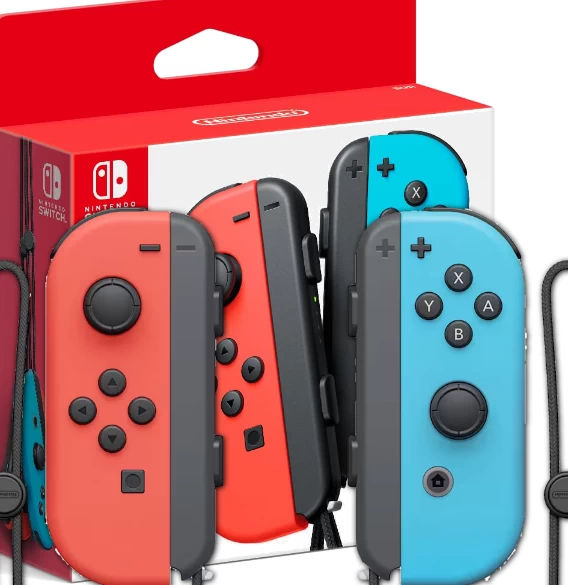All Dragon Ball video games for the Nintendo NES
All Nintendo NES (Famicom) consoles, all their DB and DBZ games released
The 8 Dragon Ball and Dragon Ball Z games released for Nintendo's first home console, the NES or Famicom
The Nintendo Entertainment System (NES/Famicom) was first released in 1983 in Japan as Nintendo's first home console with interchangeable cartridges, and Dragon Ball had up to 8 games or cartridges for this console, mostly RPGs or Card games, covering from Classic DB to the Android and Cell sagas.
The Dragon Ball and DBZ games or cartridges for the NES
Here are the 8 DB and DBZ games that were released as cartridges for the NES or Famicom between 1986 and 1993. Almost all the games are Adventure/RPG combined with card battles.
In addition, all the games were released exclusively in Japan, so officially, there are no cartridges for the European and American regions of the console, and adapters must be used.
This console includes the famous game 'Dragon Ball Z Side Story: Plan to Eradicate the Saiyans,' from which the DBZ: Gaiden OVA/Movie originates.
The different versions of the Nintendo NES or Famicom console
To play NES or Famicom games, you need a console that supports these titles, and for that purpose, Nintendo released these 5 consoles.
The Famicom series was exclusive to Japan, and its cartridges were smaller than those of the NES series, which was released for the rest of the world.
And since all the official cartridges for the console were exclusive to Japan, we will need an adapter to play them on the NES models of the console.
NES/Famicom accessories and peripherals to play Dragon Ball
You might already have a console at home from when you were a child, inherited from your grandfather or father, or maybe bought second-hand, but… you are missing some accessory or peripheral to play with it, such as an adapter for a modern TV, a controller...
AV to HDMI - Video Output Converter
AV to HDMI - Video Output Converter
With this accessory, you can convert the AV output of your console to HDMI for modern TVs.
More complete lists of Dragon Ball games and video games.
We also have more complete lists of Dragon Ball games and video games cataloged by their gaming platform, including Board Games, PlayStation, Nintendo NES, etc.
Here are some of the Dragon Ball games and video games we have for you:
Discover some of the Dragon Ball games, video games, consoles, and collectible accessories. From the iconic NES and GameBoy to the latest PC, PS5, and X-BOX titles, as well as the timeless board games.
Realme GT Neo 3T Dragon Ball Edition
Realme GT Neo 3T Dragon Ball Edition
The Realme GT Neo3T Dragon Ball Edition is another limited edition dedicated to DBZ, a visual clone of the GT Neo2 DBZ, with 8 GB of RAM, 256 GB of storage, and a 6.62" display. It was inspired by Goku’s outfit, hence the orange and blue colors, as well as the logo with the kanji. Additionally, as a limited edition, it includes a unique box, exclusive theme, stickers, and cards.
Dragon Ball Z: Battle of Z
Dragon Ball Z: Battle of Z
Dragon Ball Z: Battle of Z is the only game dedicated exclusively to DBZ released for this console. It also had versions for PS3 and Xbox. The game allows you to use up to 70 different characters, includes a multiplayer mode for up to 4 players, and its story mode covers the entire Dragon Ball Z saga, from the Saiyans to Boo.
Dragon Ball Xenoverse
Dragon Ball Xenoverse
Dragon Ball Xenoverse is a fighting-focused game whose story is a direct sequel to Dragon Ball Online, but its gameplay is completely different. The game was also released for PS4, Xbox One, PS3, and Xbox 360. The camera is third-person; battles take place in large, open 3D environments. You need to level up your character by training and improving skills.
The story follows Future Trunks, who explains that you must fix altered timelines and fight in different moments throughout Dragon Ball history.
The game had up to 4 DLCs before being replaced by Xenoverse 2.

Dragon Ball FighterZ - Legendary Edition
Dragon Ball FighterZ - Legendary Edition
Dragon Ball FighterZ – Legendary Edition was released about six years after the base game, and it is a much more complete edition than all previous ones. This edition includes the base game, FighterZ Passes 1, 2, and 3, Commentator Voice Packs 1–4, cosmetics, and an exclusive lobby avatar of SSJ Goku.
In total, it includes the game plus 19 character DLCs, which is quite a lot.
Dragon Ball Z: Shin Budokai
Dragon Ball Z: Shin Budokai
Dragon Ball Z: Shin Budokai is the first game of the franchise released for this console, a dynamic fighting game that allows multiplayer mode, featuring 19 characters, 17 stages, and a very complete story mode.
PlayStation 2 (Fat) | SCPH-10000 a 55000 | NTSC-J · NTSC-U/C · PAL
PlayStation 2 (Fat) | SCPH-10000 a 55000 | NTSC-J · NTSC-U/C · PAL
The PlayStation 2 was Sony’s second console, and this was the first model released in the year 2000. It was popularly known as the PS2 Fat, since years later the Slim version would be released.
This first model had several revisions, from SCPH-10000 to SCPH-55000, some of them region-exclusive or with minor internal differences, but visually they are all identical and nearly the same in functionality.
This console was the worthy successor to the PS1, being backward compatible with its games and accessories, while also introducing new features such as internet connectivity and DVD movie playback.
The console was a massive success and had one of the largest game libraries ever seen on any system.
Wii Mini | RVL-201
Wii Mini | RVL-201
The Wii Mini, or RVL-201, was a redesign released 6 years after the original Wii, notable because this model is much more compact and has fewer peripherals and connections. Also, just like the Wii Family, it is meant to be used in a horizontal position.
Besides the position change, we can see that it is much smaller, and its traditional colors are completely different.
This console loses many features compared to the original: the first is that it is no longer backward compatible with GameCube games and peripherals. It does not have Wi-Fi, so we cannot access the internet; it also lacks internal storage for games and loses the AV output.
Otherwise, it remains the same as the original console, with some improvements and bug fixes, but with far fewer features.
This edition was only sold in European and American markets and was never released in Japan or other Asian regions.
The console has region locks, and games from different regions are not compatible. There are methods using discs to bypass this lock or console modifications that allow you to play your games for collecting purposes. This information is for informational purposes only, not for piracy.
Nintendo Wii | RVL-001
Nintendo Wii | RVL-001
The Nintendo Wii, or RVL-001, was Nintendo’s seventh-generation console, released to replace the GameCube. This console was a major gamble by Nintendo because it chose not to compete with Xbox and PlayStation in graphics power, instead focusing on gameplay and attracting casual players, not just gamers, introducing its new motion-sensing controllers to interact with games.
This console is also fully compatible with GameCube games, controllers, and memory cards.
It is Nintendo’s second home console to abandon traditional cartridges in favor of discs, but they are special discs developed by and for Nintendo, called Wii Discs, and it also reads GameCube mini-DVDs. However, the console does not play CDs, DVDs, or Blu-ray discs.
The console is region-locked, and games and memory cards are not compatible between consoles and games from different regions. There are disc-based methods to bypass this lock, or console modifications, which allow you to play your games for collecting purposes. This information is for informative purposes only, not for piracy.
Dragon Ball: Sparking! Zero - Deluxe Edition
Dragon Ball: Sparking! Zero - Deluxe Edition
Dragon Ball: Sparking! Zero – Deluxe Edition was released on the same day as the standard edition, which only includes the base game. This edition, in addition to the base game, gives you access to the first season pass, which includes 3 DLCs.
With this edition, you'll also get access to each DLC’s content 3 days before its official release.
The 3 DLCs included in the first pass add over 20 characters based on DB: Super and DB: Daima, along with cosmetics, and some story and battle content.
Nintendo AV Famicom (AV Family computer)
Nintendo AV Famicom (AV Family computer)
The AV Family Computer, also known as the AV Famicom, was the renewed version 10 years after the original Famicom, when the Super Famicom was already on the market, with a redesign, maintaining colors and some improvements.
This edition or version was only sold in Japan, and for the rest of the world it was released one year later, but changing the name for its European and American versions, being known as the New NES, NES Top Loader, or New Design NES, but its real name is NES-101.
The console included 2 controllers that now could be removed from the console, their colors were gray, red, and white, and the cartridges were inserted from the top of the console, which are smaller and have fewer pins than those of the Western versions, that is, the same as for the original Famicom.
As a novelty, the video output of this console was only RF (antenna cable) and AV, and it was stereo instead of mono.


